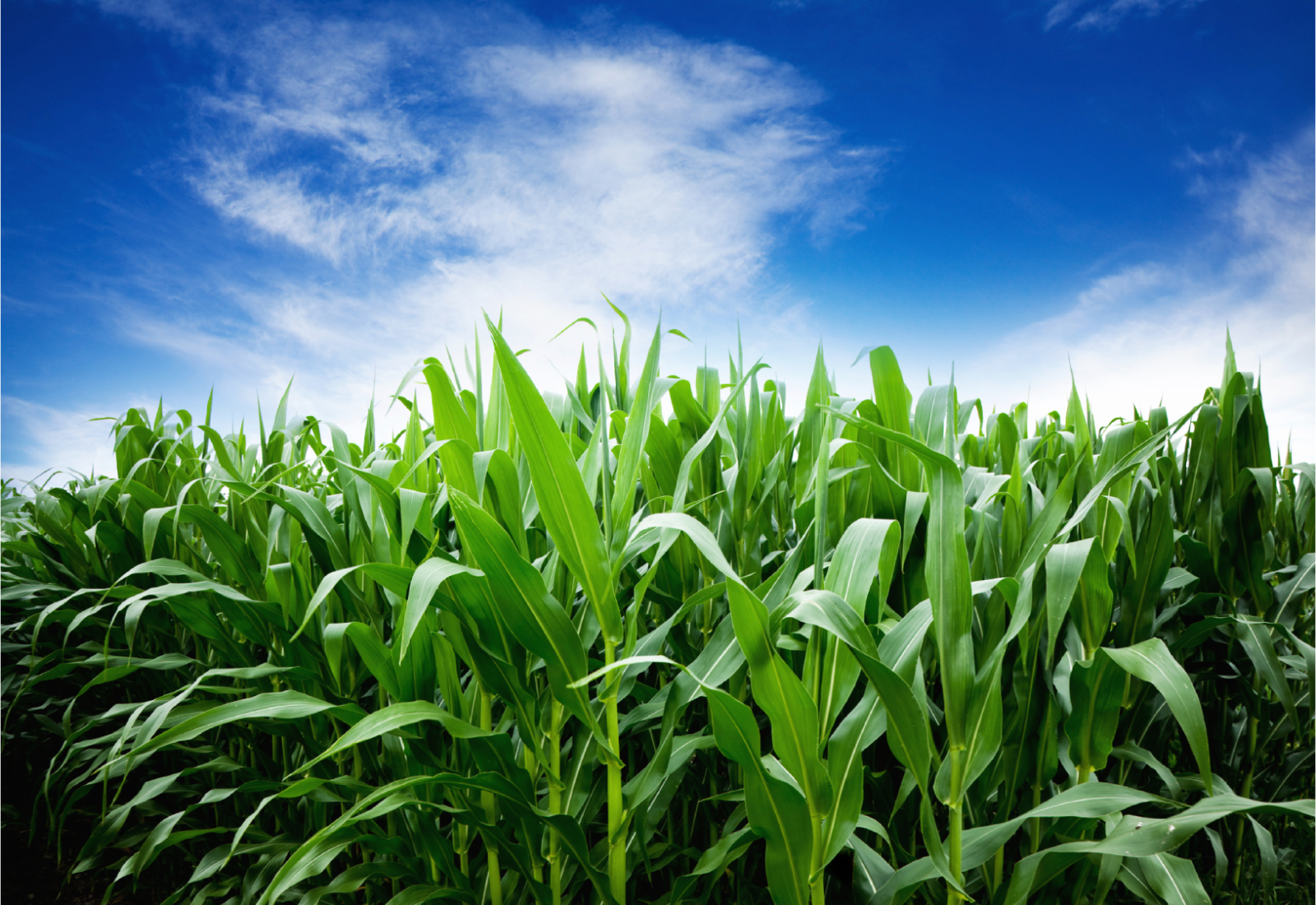Corn’s Stock Goes Up on the Prairies

By Geoff Geddes
To farmers, a crop is like a tractor:
Choose the wrong one, and you’re in for a rough ride. While crops like wheat
and barley have always been top of mind on the Prairies, interest in corn is on
the rise.
“Across Western Canada, corn accounts for about half a million acres and
growing,” says Dieter Schwarz, Corn Product Line Manager/District Sales Manager
for NorthStar Genetics. “Some pundits are predicting that number could be 8 to 10
million acres in the future. I’m not sure I believe that, but I can see it
increasing because corn produces a lot of yield per acre. It’s also very
starchy, so it has many industrial uses ranging from fuel to fireworks.”
At present, the majority of corn grown in Western Canada is for the grazing and silage market, and that’s where most of the growth is occurring.
“The key word when it comes to corn is ‘rotation’,” says Schwarz. “Not that many years ago, rotation was part of everyone’s management strategy. When times got tough, we chased cash crops, and rotation in some areas meant ‘canola-snow-canola’.”
Now that farmers are encountering more disease issues, and looking for further uses for their equipment, resources, and land over a longer time frame, corn is being looked at as a viable option. In order for that shift in sentiment towards corn to gain momentum, some expectations will need to change.

“There are certain agronomic principles that have been entrenched over hundreds of years for growing grain, but corn is a bit different. For example, you need to keep nitrogen in the soil further into the season. With both grain and fodder corn, you must give the crop the attention it deserves, and soil preparation is critical. In Western Canada, we have done a great job with minimal tillage, but corn needs rapid emergence; it has to warm up fast and needs dark soil to reflect heat back up to the plant.”
Corn offers a variety of weed control options and lets growers get in early to control them. It’s a way for farmers to manage weed issues in their fields, especially if they have grown canola for many years.
“A number of farmers who own livestock operations have moved to growing corn because it uses a fair amount of fertility, as well as nutrients that growers apply with their manure. Also, corn is a decent user of phosphate and roots quite deeply, so it can retrieve some nutrients from deeper in the soil profile.”
Besides, how many crops can truly be described as “attractive”?
“Corn is a big plant with big yields, so it’s a bit of an attractive crop,” says Morgan Cott, Field Agronomist with the Manitoba Corn Growers Association. “It’s also a diversified crop because of its water use, and the season it grows in means you can get away from the condensed harvest seasons that are common today. We are getting better at growing corn, and it is adapting more to our climate, so the crop is gaining appeal among Prairie producers.”
The numbers for corn pencil out nicely according to Schwarz, with prices edging towards $5/bushel and average yields of 136 to 140 bushels/acre in Manitoba.
“With the right choice of hybrids, those yields could be north of 200 bushels/acre,” says Schwarz. “It’s important to go in with an open mind and not rely on one brand. In Canada, we are lucky to have many genetic suppliers who all bring something different to the table. It goes back to the right product in the right place. Speak to your agronomist, make sure you know your needs, and keep in mind what your farm is capable of in terms of moisture holding, fertility holding, and such.”
As for whether to choose corn at all, it may begin with evaluating your assets.
“Do you have the proper equipment for planting, harvesting, storing, and drying?” asks Cott. “If you’re just starting out and don’t have the right equipment, see if someone near you is willing to do some custom work and help you test whether corn is the right fit for you, rather than just diving in.”
While it may not be for everyone, when the talk turns to corn as an alternative these days, more and more producers are all ears.


